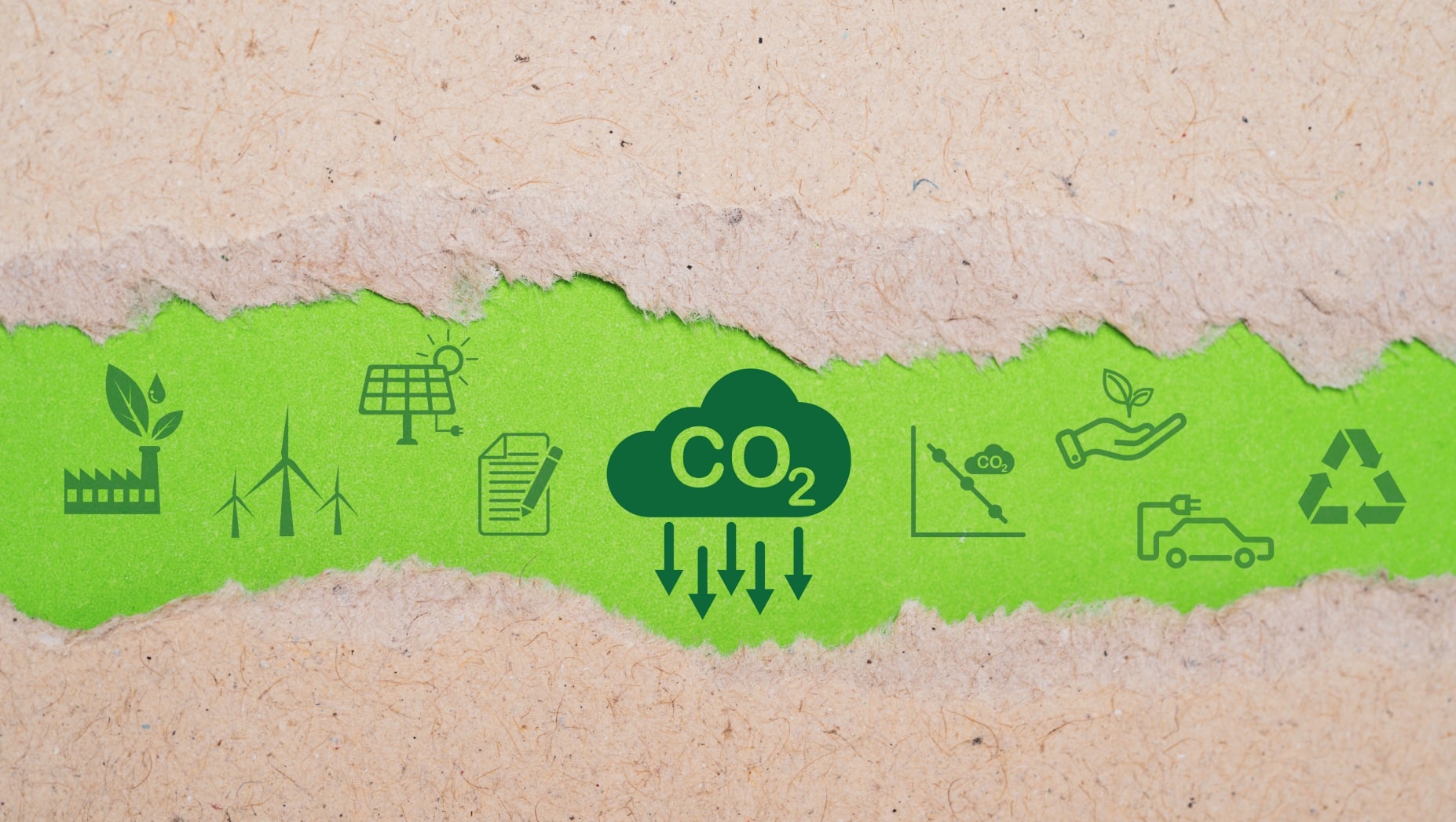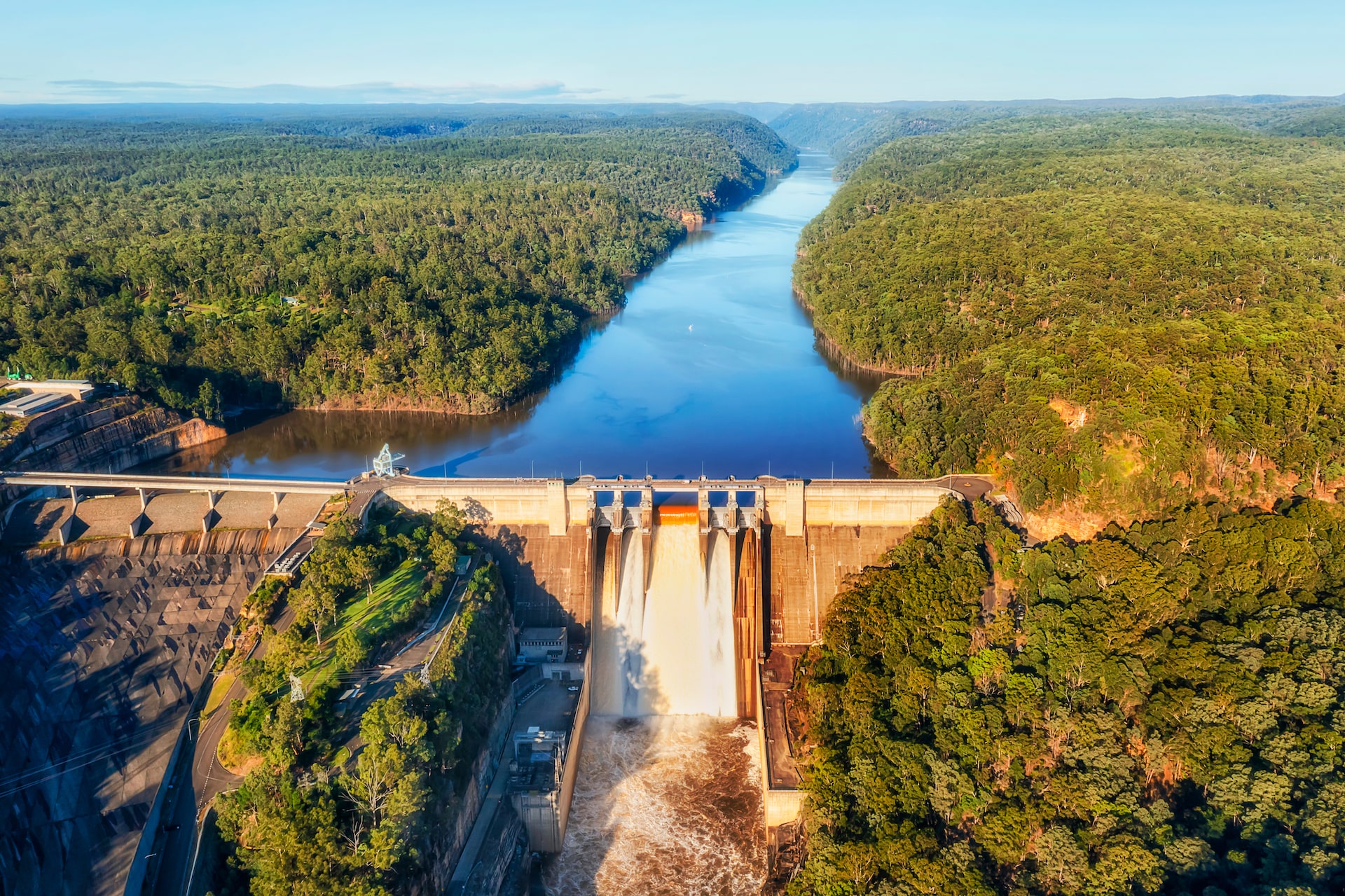A Comprehensive Guide to Offsets and Removals

In the fight against climate change, every tool matters. Among the emerging strategies, carbon offsets and removals have garnered significant attention. While often used interchangeably, understanding their distinct roles is crucial for informed action. This guide dives deep into the world of carbon mitigation, unpacking the differences between offsets and removals, exploring their individual strengths and limitations, and highlighting the latest trends shaping their respective landscapes.
The Carbon Challenge
Human activities release excessive amounts of carbon dioxide, trapping heat in the atmosphere and pushing temperatures dangerously high. This "greenhouse gas effect" fuels climate change, threatening ecosystems, weather patterns, and human well-being. To combat this, we need to achieve "net zero" emissions – balancing the carbon we release with the carbon we remove.

Enter the Players
Carbon Offsets
The Preventative Measure: Imagine offsets as turning off the tap in a filling bathtub. They don't directly remove existing carbon, but they prevent future emissions through projects like:
- Renewable energy: Investing in wind farms, solar panels, and other clean energy sources to displace fossil fuels.
- Forestry: Planting trees and protecting existing forests that absorb carbon dioxide through photosynthesis.
- Improved practices: Supporting projects that enhance energy efficiency in buildings, industry, and transportation.
Impact
Offsets provide time and flexibility. By slowing down future emissions, they buy us valuable time to develop and implement removal technologies while reducing the overall accumulation of carbon in the atmosphere.
Limitations
Critics point to concerns regarding offset permanence (e.g., trees burning) and additionality (whether the project would have happened anyway). Moreover, offsets don't directly address past emissions, contributing to the existing "carbon bathtub" overflow.
Carbon Removals
The Cleanup Crew: Think of removals as scooping water out of the bathtub. They actively capture and permanently store existing atmospheric carbon dioxide via methods like:
- Direct air capture (DAC): Technologies that extract carbon dioxide directly from the air for storage or utilization.
- Enhanced weathering: Accelerating natural processes that convert atmospheric carbon dioxide into stable mineral carbonates.
- Biochar production: Transforming biomass into charcoal-like material that sequesters carbon for centuries in soil.
Impact
Removals directly tackle the existing carbon stock, addressing the accumulated "debt" from past emissions. They're crucial for achieving net zero and stabilizing atmospheric carbon levels.
Limitations
Current removal technologies are mostly nascent and expensive, requiring significant scaling up and cost reduction. Additionally, some methods raise concerns about potential environmental impacts.
The Latest Trends
- Shifting Focus: Companies are increasingly prioritizing removals over offsets, recognizing the urgency of addressing existing carbon and seeking demonstrably measurable results.
- Tech Advancements: Innovations in DAC, biochar, and other removal technologies are improving efficiency and lowering costs, making them more viable options.
- Policy Landscape: Evolving regulations and carbon pricing mechanisms are incentivizing both offsets and removals, with potential future shifts towards mandating removal investments.
- Market Evolution: The market for carbon removal credits is burgeoning, attracting new players and investors, fostering competition and accelerating innovation.
The Synergy of Solutions
Both offsets and removals play vital roles in tackling the climate crisis. Offsets buy us time and slow down future emissions, while removals actively clean up the existing mess. The most effective approach lies in a balanced and strategic combination of both:
- Prioritize removals: As technology matures and costs decrease, prioritizing removals becomes crucial for long-term climate stabilization.
- Utilize offsets strategically: Offsets remain valuable in sectors where immediate removal options are limited, and can support the development of removal technologies.
- Focus on transparency and permanence: Choosing high-quality offset and removal projects with robust verification, additionality, and permanence guarantees is essential.

The Path Forward
Understanding the nuances of carbon offsets and removals empowers us to make informed choices and support effective climate action. By collaborating to develop, scale up, and responsibly utilize these powerful tools, we can collectively turn off the tap, scoop out the water, and pave the way for a cooler, cleaner future for generations to come.


